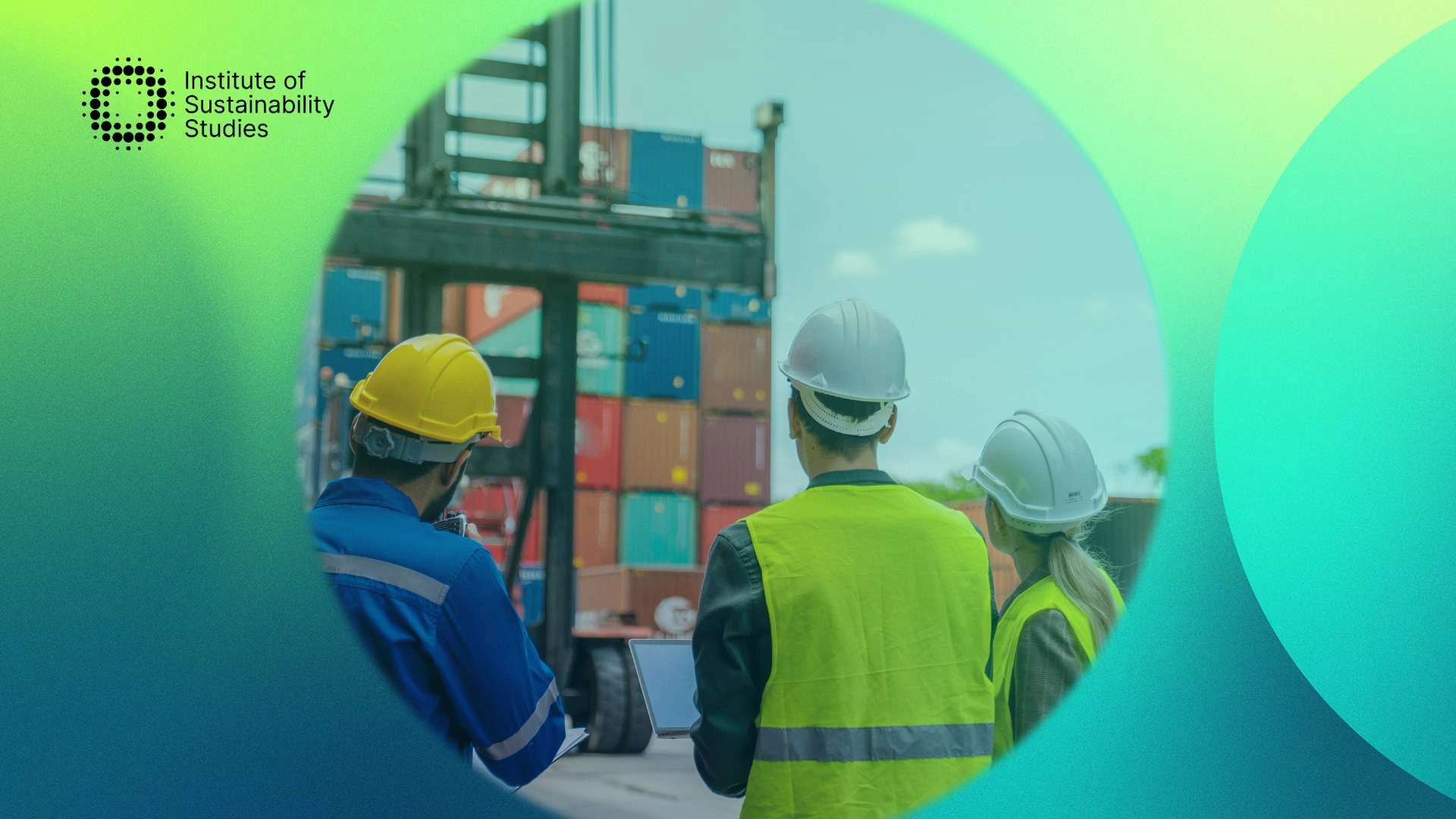With regulatory frameworks tightening and consumer demand for transparency increasing, eco-labels are becoming an essential part of sustainable product development and corporate responsibility. However, while they offer significant benefits, eco-labels also face challenges that affect their credibility, accessibility, and effectiveness. Understanding the different types of eco-labels and their role in the evolving sustainability landscape is crucial for businesses looking to align with best practices and regulatory expectations. Keep reading as we delve into the emergence of eco-labels and how they can be leveraged as a key tool in business sustainability strategies.
What are eco-labels?
Eco-labels are certifications or marks placed on products to indicate that they meet specific environmental and sustainability standards. These labels help consumers make informed choices by identifying products that have a reduced environmental impact compared to conventional alternatives.
The rise of eco-labels in the UK and EU
Eco-friendly labels have expanded rapidly in the UK and EU, driven by consumer demand, regulatory pressure, and corporate sustainability commitments. The EU Ecolabel now certifies over 89,000 products, and a 2023 survey found that 73 percent of European consumers prefer eco-labelled goods. Major retailers such as Tesco and Carrefour have responded by increasing their ranges of certified products.
Regulatory frameworks have been key to this growth. The European Green Deal, UK Environment Act (2021), and Corporate Sustainability Reporting Directive (CSRD) have encouraged eco-label adoption. Digital tools such as EcoScore and Carbon Trust Labels are further helping consumers assess sustainability credentials. Corporate adoption of eco-labels has increased, with companies like Unilever, Nestlé, and IKEA embedding them into sustainability strategies.
The fashion industry has seen growth in certifications like GOTS, reflecting the demand for ethical supply chains. However, challenges persist. With over 230 different environmental labels globally, consumer confusion is widespread, and small businesses face high certification costs. Post-Brexit regulatory divergence adds uncertainty for UK-EU trade in certified goods.
Looking ahead, eco-labels will evolve through stronger regulations and technological advancements. The EU’s Digital Product Passport will require detailed sustainability data, while blockchain and AI will enhance supply chain transparency. As standardisation improves and consumer scrutiny increases, eco-labels will remain a cornerstone of sustainable consumption and corporate accountability.
Elevate your sustainability expertise with an accredited, online Diploma course to drive meaningful change
The different types of eco-labels
Eco-labels are categorised into three main types based on their level of verification and the scope of environmental claims they cover. These classifications—Type I, Type II, and Type III—are defined by the International Organization for Standardization (ISO) and provide different levels of credibility and information transparency.
Type I Eco-Labels (ISO 14024) – Third-Party Certified
Type I eco-labels are voluntary certifications awarded by independent third-party organisations. They assess products based on multiple environmental criteria throughout their lifecycle, ensuring they meet strict sustainability standards. These labels are widely recognised and trusted by consumers because they undergo rigorous verification.
Examples:
- EU Ecolabel – Covers a wide range of products, ensuring reduced environmental impact across their life cycle.
- Blue Angel (Germany) – Focuses on energy efficiency, reduced emissions, and sustainable resource use.
- Nordic Swan (Scandinavia) – Ensures products meet strict environmental and health standards.
- Forest Stewardship Council (FSC) – Certifies wood and paper products from sustainably managed forests.
- Fairtrade – Guarantees ethical sourcing, fair wages, and sustainable agricultural practices.
Type II Eco-Labels (ISO 14021) – Self-Declared Environmental Claims
These labels are created and verified by manufacturers rather than third-party organisations. They often include terms like “biodegradable,” “carbon neutral,” or “recyclable.” While they can provide useful information, there is a higher risk of greenwashing since they are not independently validated.
Examples:
- Recyclable symbol – Indicates that a product or packaging can be recycled, but does not guarantee local recycling availability.
- Carbon neutral claims – Used by companies to indicate that they offset their carbon emissions, though verification varies.
- Biodegradable label – Suggests a product breaks down naturally, but the timeframe and conditions are often unclear.
Type III Eco-Labels (ISO 14025) – Environmental Product Declarations (EPDs)
Type III labels provide detailed environmental impact data through Life Cycle Assessments (LCAs). Unlike Type I and II labels, they do not prescribe sustainability standards but instead offer transparent information for comparison. These labels are particularly relevant in construction, manufacturing, and business-to-business sectors.
Examples:
- Environmental Product Declarations (EPDs) – Provide data on a product’s carbon footprint, water use, and overall environmental impact.
- Carbon Trust Label – Quantifies the carbon footprint of products and organisations.
- EU Energy Label – Rates appliances on energy efficiency to help consumers compare products.
Understanding their meaning and impact
Each type of eco-label serves a different purpose. Type I labels are the most credible due to their third-party verification, making them a strong indicator of genuine sustainability. Type II labels require consumer scrutiny since they rely on manufacturer claims. Type III labels are useful for businesses and regulators who need transparent, quantifiable environmental data.
For consumers, choosing Type I eco-labels is often the most reliable way to support sustainable products. Meanwhile, businesses benefit from Type III declarations for compliance and sustainability reporting. As regulations tighten, eco-labels will continue to evolve, increasing their role in promoting environmentally responsible choices.
Gain practical skills to lead sustainability initiatives with confidence through our comprehensive Diploma course
Challenges with eco-labels
While eco-labels play a crucial role in promoting sustainable consumption and production, they also face several challenges that limit their effectiveness.
Greenwashing and lack of trust
One of the biggest challenges with eco-labels is greenwashing, where companies use misleading environmental claims to appear more sustainable than they are. With over 230 different eco-labels worldwide, consumers often struggle to differentiate between credible certifications and marketing tactics. In response, the EU Green Claims Directive (2024) aims to crack down on false sustainability claims by requiring stricter verification standards.
Consumer confusion and label proliferation
The sheer number of eco-labels has led to consumer confusion. Many labels focus on specific aspects of sustainability, such as carbon footprint, water usage, or ethical labour practices, making it difficult for consumers to compare products effectively. Additionally, Type II self-declared labels—which are not independently verified—further complicate the landscape, as they often lack transparency and standardisation.
High certification costs for businesses
Eco-label certification can be expensive and time-consuming, particularly for small and medium-sized enterprises (SMEs). Companies must undergo audits, supply chain assessments, and continuous compliance checks, which can be financially and logistically challenging. For instance, achieving Forest Stewardship Council (FSC) or EU Ecolabel certification involves detailed environmental impact studies and third-party verification, making it inaccessible for many smaller businesses.
Regulatory inconsistencies and post-Brexit divergence
Different countries and regions have varying eco-label standards, making international trade and compliance complex. In the EU, eco-label regulations are harmonised under policies like the European Green Deal, but in the UK, post-Brexit regulatory divergence has created uncertainty about which labels will remain mutually recognised. This inconsistency makes it harder for businesses to market their eco-labelled products across borders.
Sector-specific challenges
Some industries face unique barriers to eco-label adoption. For example, in the fashion industry, fast-changing supply chains make it difficult to meet sustainability criteria consistently. In the food industry, organic certifications often require long transition periods for farmers, limiting participation. In technology and electronics, eco-label criteria are still evolving, making implementation inconsistent.
Conclusion
Eco-labels are set to play an even greater role in shaping sustainable business practices as regulations, technology, and consumer awareness continue to evolve. The introduction of initiatives like the EU Green Claims Directive and the Digital Product Passport will drive greater transparency and accountability, while advancements in blockchain and AI will enhance supply chain traceability.
Navigating the complex landscape of eco-labels and sustainability compliance can be challenging, but staying ahead of regulatory shifts is crucial. Our sustainability compliance training provides expert guidance to help businesses meet evolving standards and enhance their sustainability credentials. Take the next step towards credible, compliant, and future-proof sustainability practices by enrolling in our courses today.










